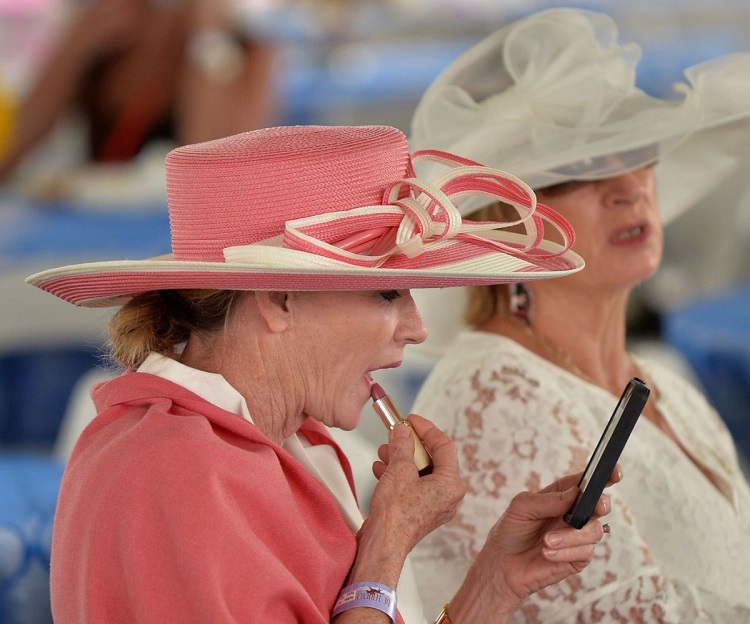Scientists Discover An Antibacterial Cranberry-Coloured Lipstick
Their deep red cream quickly inactivates disease-causing viruses, bacteria and a fungus that come in contact with it. Read on for details:

Washington: Lipstick can improve confidence, complement an outfit, and keep lips from chapping. However, sharing a tube with a friend or family member can spread illnesses. Researchers from ACS Applied Materials & Interfaces added cranberry extract to the formulation to create a version with antibacterial characteristics.
Their deep red cream quickly inactivates disease-causing viruses, bacteria and a fungus that come in contact with it.
Also Read |
Jennifer Lopez 'cool off' after Heavy Romance
According to historians, people in ancient Egypt were the first to use make-up, applying pastes made from minerals and other substances in their environment. The formulations have evolved over the centuries, but now researchers have come full circle, looking again toward natural ingredients. For example, recent studies have reported that lipstick formulas incorporating natural colorants, such as red dragon fruit, can result in products with both vibrant colors and antimicrobial activity. And previously, cranberry extract has been shown to inactivate viruses, bacteria and fungi. So, Angel Serrano-Aroca and colleagues wanted to use cranberry extract to create a deep red lip tint with antimicrobial properties.
The research team mixed cranberry extract into a lipstick cream base, which contained shea butter, vitamin E, provitamin B5, babassu oil and avocado oil. In experiments, the reddened cream was added to cultures containing different viruses, bacteria and one fungal species. Both enveloped and non-enveloped virus types were completely inactivated within a minute of contact with the cranberry-containing cream. And the multidrug-resistant bacteria, mycobacteria and fungus were substantially inactivated within five hours of applying the cream. The researchers suggest that their novel lipstick formula could offer protection against a variety of disease-causing microorganisms.
The authors acknowledge funding from the Fundacion Universidad Catolica de Valencia San Vicente Martir and the Spanish Ministry of Science and Innovation. (ANI)
Also Read |
Donald Trump backs Japan PM after North Korea missile launch
 Dynamite News
Dynamite News 